
(Grades 5-8)
What inspired you to write Why’d They Wear That?
Many of my books become “parents” to the next one. In my Poop Happened (Grades 5-9) book, I had a chapter about so-called “filth diseases,” and realized that certain of those diseases—such as typhus, plague, malaria, even sometimes typhoid and dysentery–were vectored by insects. I remember thinking, “I could do a whole book about how insects changed history.” That led to Bugged: How Insects Changed History (Grades 3-7, Lexile 1130). And in both Poop and Bugged, there were a lot of fashion-related stories. From Poop I researched: How do you go to the bathroom in a suit of armor/large crinoline skirt? How did people walk outside in their nice clothes when there were no sidewalks and the streets were filthy? (One horse can produce 30 to 50 pounds of manure a day!) Then from Bugged, I researched the history of silk (from Bombyx mori moths); the history of the color red (from cochineal scale insects). And I thought, Hey. I could do a whole book on fashion! So armor, hoop skirts, sedan chairs, pattens (raised shoes), silk, dyeing textiles—all went into the fashion book.
[Short answer:]
When I visit schools, that’s the number one question kids ask me: Where do I get my ideas? I tell them that many books start with a question. “What did people do before toilets existed?” “How did people deal with bugs before window screens and bug spray?” “Why did the person in this painting [I show them a picture of something outrageous] wear that? or that? or that??”
Tell us about your research process for this book.

Picture of a Short tunic – Loyset Liedet, Fromont de Lens Receiving News of the Devastation of his Land (detail) mid-1400s Digital image courtesy of the Getty’s Open Content Program.
I had an excellent framework to start with: I could browse through art history books, wander through museums, and just look at what people were wearing from one time period to the next. The fun part was finding out why such clothes were worn. For instance, in Tudor times in England, bright colors signified wealth. Only the wealthy or important could afford them, because before synthetics were invented, the art of dyeing fabric bright colors was a complex, expensive, and often dangerous undertaking. People wore their wealth on their backs: an outfit could cost as much as a house in those days.
It was important to me to tell the story of the people who picked the cotton, dyed the textile, wove the cloth, tanned the leather, and sewed the clothing. High fashion, historically, signified to the world that you were too impractically dressed to perform physical labor. Take wearing a toga, for instance. You had to be draped by a slave and then keep one arm clamped to your side to hold it in place. Ditto ruff collars, hoop dresses, tight corsets. It’s those 1%ers that we see in museum portraits, but it was the stories of the people who toiled in obscurity making those outfits that I wanted kids to know about.
What is the most outrageous fashion that you came across during your research?
That’s tough to narrow down! I could say sixteenth century codpieces, or those pointy-toes shoes of the late fourteenth century called poulaines, or that outrageous headgear of the early fifteenth century—worn by both men and women (ram’s horns and hennins). But I think for pure outrageousness, from a modern sensibility, I would have to choose the mid fifteenth century, when men’s tunics got so short they bared, well, everything. Men’s stockings were not like modern-day tights. They were open at the top. I think those really short tunics were worn by teenage fashionistas who were probably going for shock value (much the way really low-slung jeans might today). Older men were more conservative. In a similar vein—some women’s necklines in the 17th century plunged completely out of existence.
If you had to choose one time period for its fashions (excluding modern day), what would it be and why?
I’m deeply conflicted about saying that, just for pure loveliness, I love women’s fashions from the early part of the twentieth century (in western Europe/America). That’s when hobble skirts—long and cylindrical and streamlined– and crazy-gorgeous large hats were in fashion. And yet, I’m conflicted because those skirts must have been a nightmare to wear—women had to walk with mincing steps, as though their shoelaces were tied together. And the feathers and other animal-trappings that decorated hats drove many birds to the brink of extinction. And oh yes, the tight corseting that resulted in the uni-bust look.
Hobble skirts
Both images from Wikimedia Commons (1910)
I think it’s no coincidence that fashion became more restrictive just as women were demanding the right to vote. (Think, too, about fashions of the sixties, during the women’s liberation movement, when you couldn’t so much as stoop to pick up a pencil in a tiny miniskirt.)
The famous fashion consultant, Tim Gunn wrote the introduction. Did you get to work with him on this book? (I’m having a major fan girl moment!)
You and me both! I can’t take any credit for his involvement—that was the work of my genius editor, Jennifer Emmett, who asked him, and he said yes!
How would you describe your personal style?
Having worked first as an editor and then as a freelance writer, I’ve never had the—cough—income to dress in haute couture, but have always loved clothes and fashion. And yet, I’ve changed my thinking about fashion since writing this book. I used to love bargain-shopping, and accumulated a lot of clothes. Now, though, I am much more conscious of what a garment is made of, where it was made, and who made it (if possible). I try to research and buy from brands that I am reasonably sure treat their workers ethically. While I realize many people have no choice but to buy inexpensive clothing, I acknowledge that I do have a choice. So I try not to buy super-cheap, mass-produced clothing, because it comes with a terrible price to the economy, the environment, and to worker misery. I tend to buy fewer, but better-made clothes, and I wear them much more often before passing them along to a place that can use them. I do enjoy a good consignment store, where I can sometimes acquire a truly high-end garment and appreciate how beautifully made it is.
Your website says you write mostly nonfiction for middle grade. Why do you choose young people as the audience for your nonfiction?
I love writing for middle-school-aged kids. I love the challenge of hooking them into liking history; they’re old enough to choose what they want to read, and they don’t like being preached to.
What advice do you have for students who have to write informational reports?
Don’t be afraid to give your writing a voice. Nonfiction doesn’t equal boring and dry. Think about the most interesting way you can to present your facts. Think about a strong opening line that can hook your reader’s interest. And if at all possible, choose a topic that you care about. If a writer is passionate about her topic, it shows in the writing (and vice versa).
Do you have any advice for educators using Why’d They Wear That? in the classroom?
I hope that it could be a nice “back story” for whatever historical unit your kids are studying. It’s a very broad book, and spans much of human history, and that is by design: I like to give kids a sense of historical context and chronology. But I hope it can also be helpful for whatever in-depth unit your kids are studying. For instance, if your students are learning about the American Revolution, it might be interesting for them to learn that the British redcoats’ uniforms were dyed with smooshed bugs, and that the signers of the Declaration were probably wearing pants so tight they couldn’t sit down in them. I like to think that my books show kids the human side of history.
Anything else that you want to tell us about? Your next book perhaps?
Yes! Thank you for asking! The topic of my next book is POISON in human history (final title still to be determined). It’s due out in 2017 with Crown/Random House, and I am steeped in studying strychnine and arsenic and radium and lead and thallium and . . . well, stay tuned!
Interested in learning more about history through fashion? Check out Fashion Forward! 9 Things You Didn’t Know about Fashion Through the Ages.


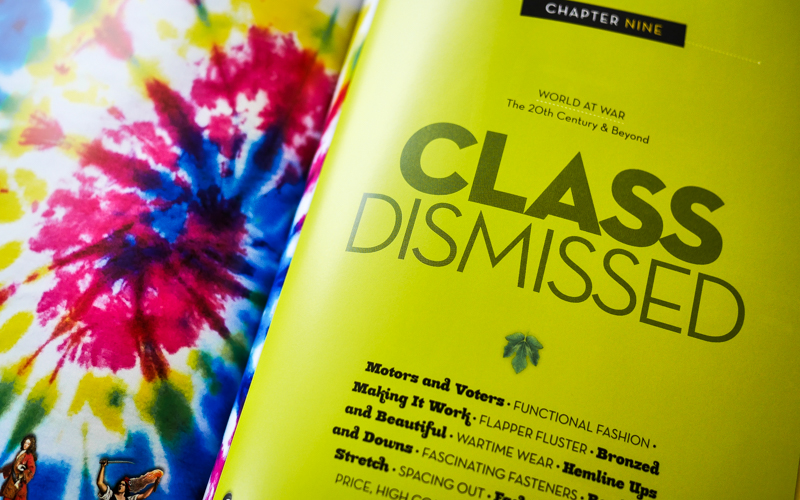
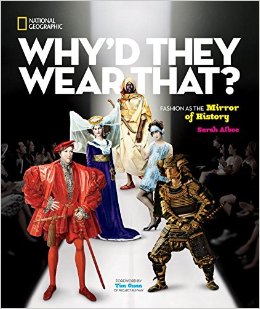
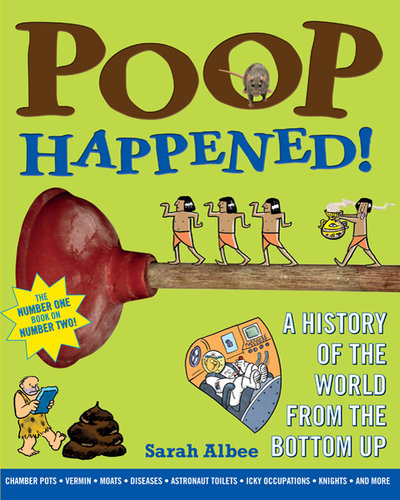
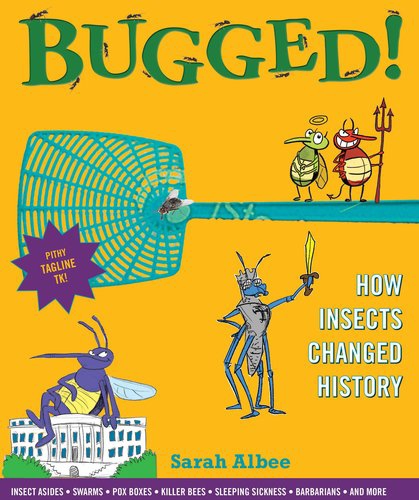
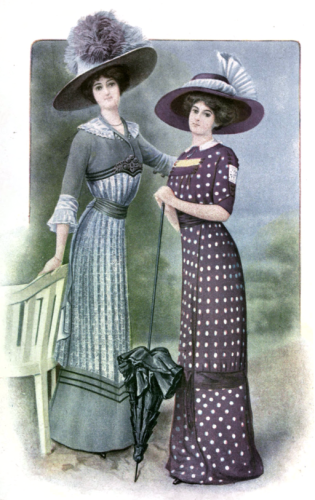
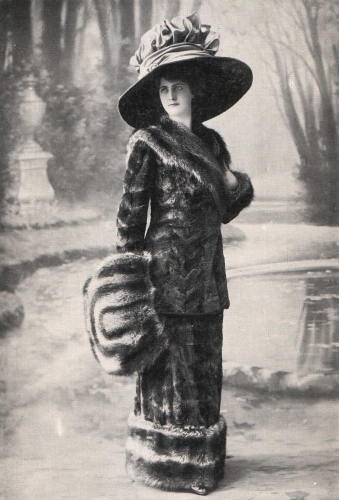

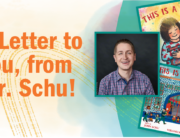
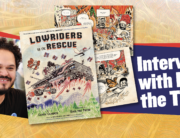
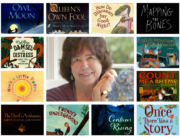
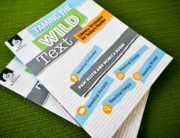
Leave A Comment